Talent Management systems streamline recruitment, training, and retention processes by integrating HR functions into a unified platform. These solutions aid organizations in optimizing employee performance and aligning with business goals.
Talent Management provides comprehensive tools for managing the full employee lifecycle, from recruitment to development and retention. It leverages data analytics to offer insights into workforce capabilities and future needs, fostering a competitive advantage in diverse industries. The adaptability of Talent Management solutions allows organizations to tailor functions according to specific operational requirements, improving workforce engagement and productivity through better HR process alignment.
What features are essential in a Talent Management solution?Talent Management systems play crucial roles in industries such as healthcare, finance, and technology where dynamic workforce needs demand adaptable HR solutions. Healthcare organizations, for example, benefit from these systems by managing certifications and compliance effectively, whereas tech companies focus on continuous learning and development to keep pace with innovation demands.
Modern organizations find Talent Management indispensable for achieving strategic workforce alignment and driving organizational growth. These solutions facilitate a holistic approach to HR practices, promoting efficiency and adaptability in an ever-evolving business landscape.
| Product | Market Share (%) |
|---|---|
| SAP SuccessFactors | 18.3% |
| Workday | 15.8% |
| Oracle HCM Cloud | 9.2% |
| Other | 56.7% |

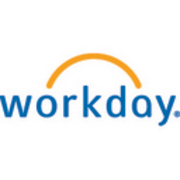




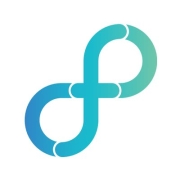




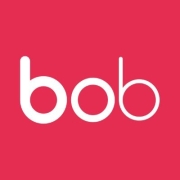
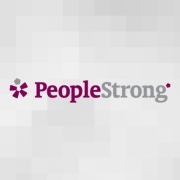
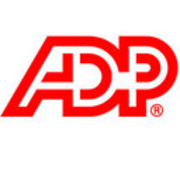
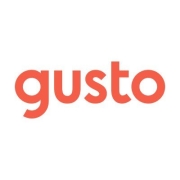

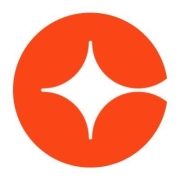
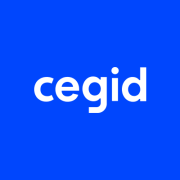
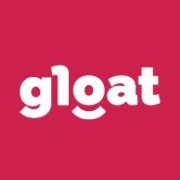
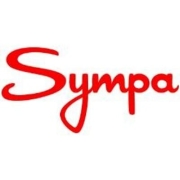
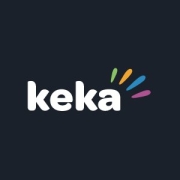


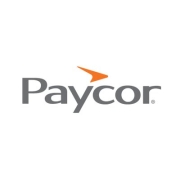
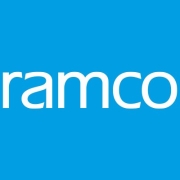
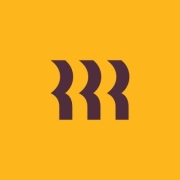


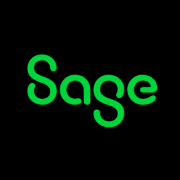

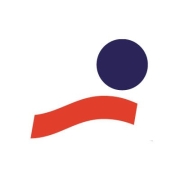





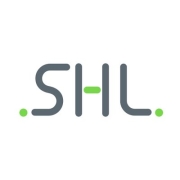


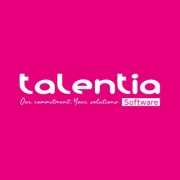
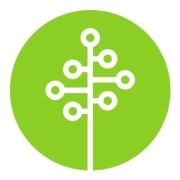



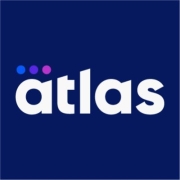
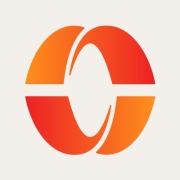



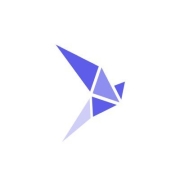
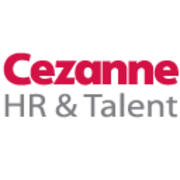

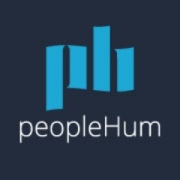


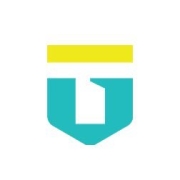
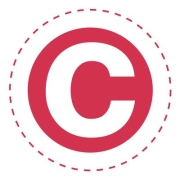
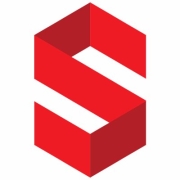


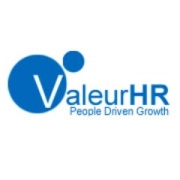
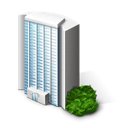



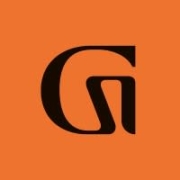

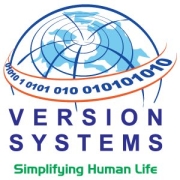


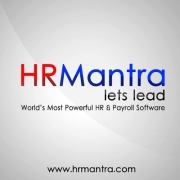



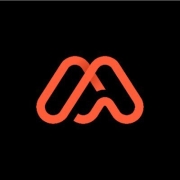
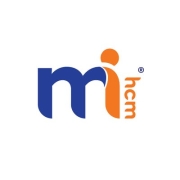
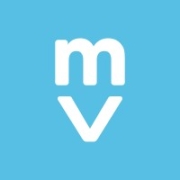


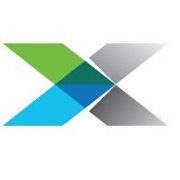
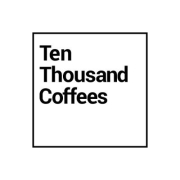
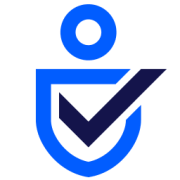
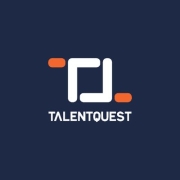

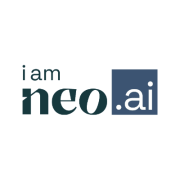


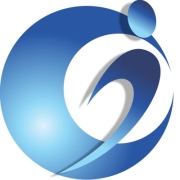


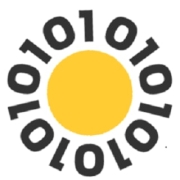



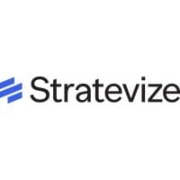

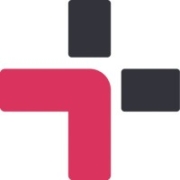








Organizations are increasingly leveraging new technologies to transform the talent management process. These technologies are important in talent management because they can improve HR practices, enhance the employee experience, improve diversity in the workplace, help retain and attract employees, increase staff engagement, boost productivity, and more. The adoption of the right technology and analytical tools is crucial because it will allow your organization to measure the effectiveness, efficiency, and impact of HR processes and activities, help you forecast the outcome of the HR processes, and see business results.
A talent management framework includes a strategic plan and the tools necessary for a talent management process to achieve business needs and success. The idea of a talent management framework is to help ensure you have a strategy in place to boost employee performance, increase efficiency levels, and improve retention rates.
The 9 box talent matrix is a tool used by HR administrators to measure employee performance and to also identify employees who have leadership potential. It is helpful in highlighting where to invest in training and mentorship. The 9 box talent matrix is made up of nine boxes set up in a three-by-three matrix with the horizontal axis indicating performance and the vertical axis indicating potential from low to moderate to high.
Talent management focuses on an employee’s complete journey, from recruiting to onboarding, training, upskilling, and more. Performance management is one part of talent management, and refers to assessing employee performance based on metrics and feedback. Performance management is used to engage employees and increase productivity, as well as to accomplish organizational goals.
Talent Management solutions enhance employee engagement by providing tools to align individual goals with organizational objectives. You gain insights into employee performance and preferences, allowing for personalized career development plans. This approach fosters a sense of purpose and belonging among employees, which boosts their motivation and productivity.
What role do analytics play in Talent Management?Analytics are crucial in Talent Management by offering data-driven insights into workforce patterns and trends. This data helps you make informed decisions about hiring, training, and retention strategies. By understanding these patterns, you can design effective talent strategies that align with your company's long-term goals, optimize workforce planning, and reduce turnover.
Why is personalized learning important in Talent Management?Personalized learning is essential as it tailors training to individual needs, improving skill development. You can use Talent Management solutions to assess employee strengths and weaknesses, then provide targeted learning paths. This fosters continuous improvement and helps in retaining top talent by meeting their career aspirations and enhancing their job satisfaction.
How do Talent Management systems support succession planning?Talent Management systems support succession planning by identifying and developing future leaders within your organization. These systems help create a talent pipeline by assessing current employee capabilities and potential. You benefit from a structured approach to grooming high-potential employees for advanced roles, ensuring business continuity and reducing the risks associated with leadership gaps.
What features should you look for in a Talent Management solution?A robust Talent Management solution should offer features like performance management, learning and development, succession planning, and analytics. You need a system that integrates seamlessly with other HR tools, offers a user-friendly interface, and provides customizable reporting capabilities. These features help you create an effective talent strategy that aligns with organizational goals and enhances overall HR efficiency.